304 steel is the most broadly used type of stainless steel and it accounts for over 50% of global production. You might also know it as 18/8 or A2 stainless steel. This austenitic chromium nickel alloy shows extraordinary multifunctionality and corrosion resistance. Its face centered cubic (FCC) crystal structure permits better formability and weldability which makes it appropriate for different industrial uses.
Chemical Composition
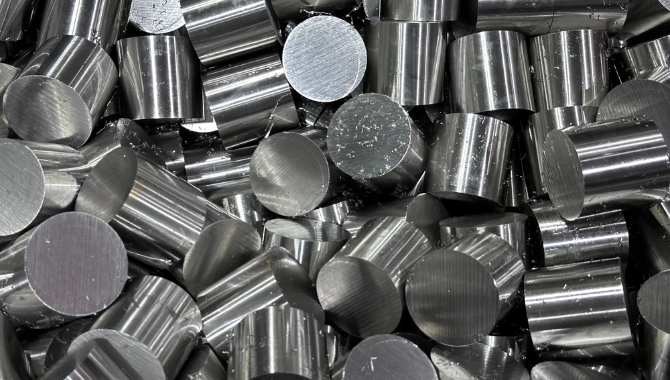
The remarkable traits of 304 steel originate from wonderfully balanced chemical composition. By knowing its correct composition, you’ll see how this austenitic alloy acquires its better corrosion resistance, adaptability and strength in different fields.
| Element | Percentage Range (%) |
|---|---|
| Iron | 66-75 |
| Chromium | 18-20 |
| Nickel | 8-10.5 |
| Carbon | ≤0.08 |
| Manganese | ≤2 |
| Silicon | ≤1 |
| Phosphorus | ≤0.045 |
| Sulfur | ≤0.03 |
Properties of 304 Steel
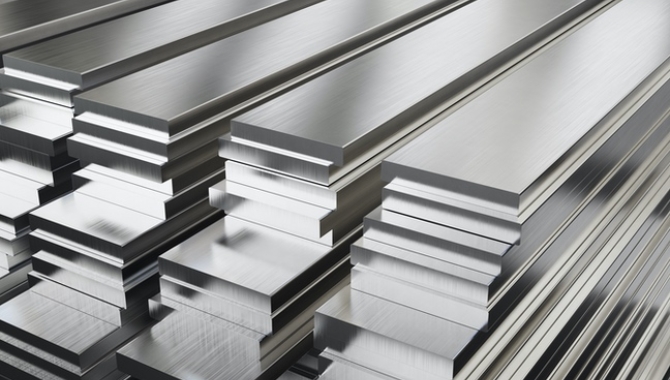
1. Corrosion Resistance
Thanks to its chromium rich passive layer, 304 shows extraordinarily protection against corrosion. This protective barrier effectively protects the substance from mild chemical attacks and rust in challenging environments such as industrial processing set ups and coastal marine settings.
2. Temperature Resistance
304 stainless gives exceptional heat resistance and can bear continuous use at temperatures of ≤ 925°C and intermittent use up to 870°C. This makes it best for intense heat uses such as exhaust systems and industrial furnace parts.
3. Mechanical Properties
The mechanical traits of 304 steel are actually remarkable. With a pulling strength ranging from 515 to 625 MPa, a yield strength of 205 MPa and an elongation of 70% it gives robust performance. Its Rockwell hardness of 70 HRB, coupled with its extraordinary ductility opens up a world of possibilities. This multifunctional substance is used in different industrial sectors for structural parts and formability.
4. Nonmagnetic in Annealed Condition
In its annealed state, 304 shows nonmagnetic properties owing to its austenitic structure. But cold working can create slight magnetism through a process called martensitic transformation.
Types of 304 Steel
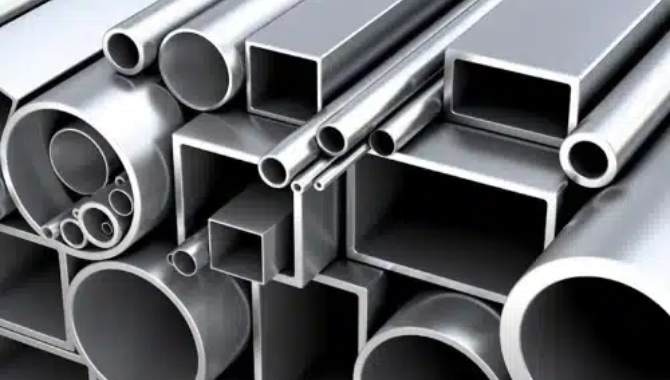
304 is available in different grades and all of them are designed for particular operations. We’ll now see its two important types:
304L Stainless Steel
The 304L grade sets itself apart for its extraordinary resistance to corrosion and ease of welding. It has a max carbon content of 0.03% and helps in preventing intergranular corrosion during the welding process. This characteristic makes 304L a main choice to work in high temperature operations and highly corrosive settings. You’ll find 304L mostly used in chemical processing machinery, welded parts and heat exchangers.
304H Stainless Steel
For operations that require outstanding performance at high temperatures, engineers usually use 304H steel. This grade contains 0.04 to 0.10% carbon content which increases its tensile features and creep strength when exposed to high temperatures. 304H truly shines in environments exceeding 750°C. As a result, it has become a very important substance for constructing pressure vessels, industrial boilers and heat exchangers, particularly in fields such as oil refining and power generation.
Advantages of 304 Steel
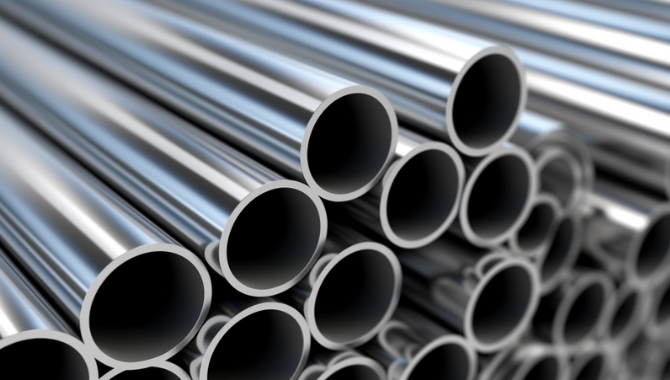
The broad use of 304 in different areas stems from its many advantages. Here’s a closer look:
Durability and Longevity
The extraordinary protection against corrosion of assures 304’s lifespan ranges from 20 to 50 years and minimum need for maintenance. Its high strength-to-weight ratio increases structural integrity in different operations from kitchen appliances to architectural facades.
Cost effectiveness
Despite a higher starting investment, the longevity and low maintenance needs of 304 stainless steel result in considerable savings for long terms. Its multifunctionality for different uses further increases its value for producers.
Easy to Maintain
The non-porous surface of 304 successfully stops the growth of bacteria and reduces sanitization need. To preserve its shine, simply clean it routinely with water and mild soap. Its self healing chromium oxide layer guarantees long term corrosion protection.
Aesthetic Appeal
304 steel’s modern appearance and lustrous finish improves architectural elements and consumer products. Its ability to maintain shine under different circumstances makes it best for visually striking uses such as sleek kitchen countertops and eye catching building exteriors.
Environmental Friendliness
304 steels 100% recyclability, durability and low environmental affect make it an environmentally friendly choice. It produces no VOC emissions and can be reused without the loss of quality.
Applications

In many industrial fields, 304 stainless is necessary because of its multifunctionality. Some of them are:
Storage Tanks Food and Beverage Industry
In food and beverage production, 304 stainless steel tanks perform a very important role to assure product quality. These tanks preserve freshness and prevent contamination. Their ability to go through rigorous cleaning processes makes them the top choice for storing ingredients and liquids.
Implants in Medical Industry
The medical field gets advantage from distinctive properties of 304 stainless steel. The corrosion resistance and biocompatibility of 304 stainless steel make it best for temporary implants such as bone plates and screws. Orthopedic operations depend on the extraordinary strength to weight ratio of this substance because of its long lasting durability.
Railings in Construction and Architecture
In the field of construction and architecture, 304 steel railings shines for their extraordinary qualities. These railings give durability, safety and aesthetic appeal in the construction sector. Their resistance to corrosion makes them particularly appropriate for high traffic areas. Architects also appreciate the multifunctionality of 304 steel to customize designs according to particular project criteria,In addition to railings, 304 stainless steel is often used for sculpture in the field of architecture.
Exhaust Systems in Automotive Industry
The automotive industry is dependent on 304 for exhaust systems. Its ability to withstand temperatures up to 870°C with its resistance to corrosion makes sure that exhaust parts preserve their performance over time. Even under harsh operating circumstances, 304 steel exhaust systems give reliability and longevity.
Tanks and Pipes in Chemical and Petrochemical Industries
304 stainless is indispensable for chemical storage tanks and pipelines. Its extraordinary resistance to corrosion is a main factor for its broad use in these fields. Moreover, the toughness of substance lets it handle high temperatures and pressures proficiently. As a result, petrochemical plants can run safely and productively by relying on the firm characteristics of 304 steel.
Workbenches in the Laboratory
Since laboratories are often stocked with chemicals, so workbenches need to have an excellent capacity for corrosion resistance. Workbenches made of 304 stainless steel can be very durable.
Common Product Forms of 304 Steel
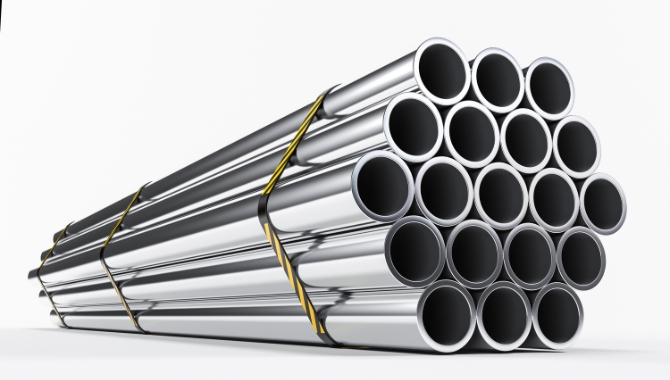
The multifunctional nature of 304 becomes clear when you think about its different forms.
Flat Products (Sheets, Plates)
Sheets and plates made from 304 stainless provide extraordinary formability. This characteristic makes them appropriate for a broad array of uses such as stamping, deep drawing and bending. You’ll find these products available in thicknesses from 0.20mm to 18.0mm with their widths reaching up to 1500mm which cater them to different industrial needs. These flat products are used in automotive trim, architectural cladding and kitchen machines.
Long Products (Bars, Rods)
Operations that need high strength and corrosion resistance mostly depend on rods and bars of 304 steel. These long products come in round, hex, square and rectangular shapes and their diameters from 4mm to 100mm. Their impressive tensile strengths reach up to 515 MPa while yield strengths stand at 205 MPa. Fields such as oil and gas benefit greatly from their multifunctionality, particularly in pipelines, valves and pressure vessels that withstand higher temperatures and corrosive environments.
Pipes and Tubes
The multifunctionality of 304 extends to pipes and tubes which are very important components in multiple fields. Seamless pipes are available in different sizes ranging from 1/2″ to 16″ NB and welded pipes give even larger options up to 24″ NB. These products can bear temperatures as high as 870°C and boast a minimum tensile strength of 515 MPa and yield strength of 205 MPa. Their resistance to corrosion and durability make them best for different uses from food processing machinery to oil and gas transportation systems.
Considerations When Working with 304 Steel
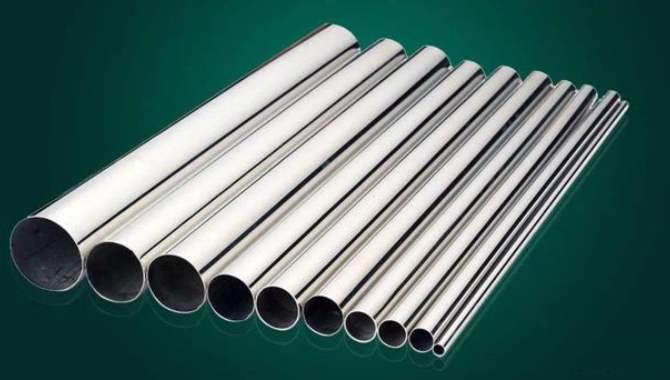
Getting best performance from 304 steel requires attention to some details like:
Weldability
When it comes to welding, 304 stainless steel proves to be highly multifunctional. It accommodates different welding strategies such as TIG, MIG and stick welding. It’s important to use low heat input and suitable filler materials to maintain the integrity of material. This helps to stop sensitization during the welding process.
Formability and Machinability
While 304 gives extraordinary formability, it demands accurate machining methods. The substance’s tendency to work harden needs the use of proficient cooling and sharp tools. You’ll get maximum results with deep cuts at high feed rates.
Conclusion
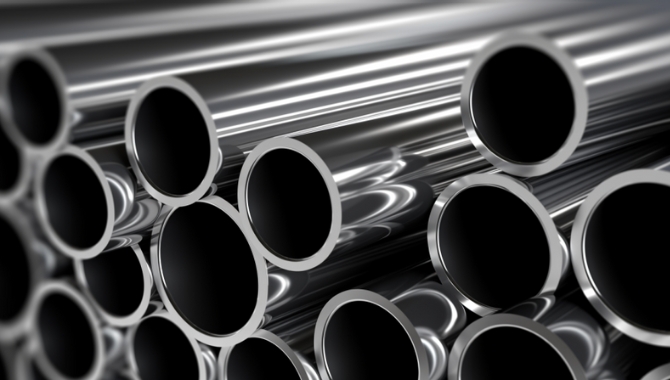
The extraordinary characteristics of 304 steel make it a top choice across different industrial fields. Its resistance to corrosion, long lasting durability and cost saving guarantee long term value. This multifunctional alloy performs a very important role in shaping our world and finds its uses in different fields from food processing machines to medical implants.
For expert fabrication services for 304 stainless steel or any other type of steel, contact KDM to discuss your particular needs.
FAQ
How do I clean and maintain 304 steel for long term use?
To maintain and clean 304 for long-term use, you must regularly wipe it with a soft cloth dampened with warm water and mild soap then drying it completely. For stubborn stains use a gentle stainless steel cleaner. Always avoid harsh chemicals and abrasive materials to keep the integrity of steel
How does 304 steel resist corrosion in harsh conditions?
304 prevents corrosion in harsh circumstances through its chromium rich passive layer. This layer produces a protective oxide film on the surface of metal. It’s a self-healing layer that protects the metal from corrosive factors and keeps its integrity in challenging conditions
What is the difference between 316 and 304 stainless steel?
The main difference between 304 and 316 lies in its resistance to corrosion and composition. 304 steel contains 8% nickel and 18% chromium. On the other side, 316 has 16% chromium, 10% nickel and 2% molybdenum which make it more resistant to corrosion, particularly in chloride rich environments.
What are the Finishes and Surface Treatments for 304 Steel?
304 steel gives a variety of finishes according to different operations. Mill finishes like 2B and 2D are common and mechanically polished finishes such as No. 3 and No. 4. For a mirror like sheen, the bright annealed (BA) finish is mainly selected. To increase both appearance and corrosion resistance, you can opt for surface treatments such as pickling, electro polishing or passivation.
What are the Tips for Maximizing the Life of 304 Stainless Steel?
To increase the life of 304 steel, clean it regularly with mild soap and water, then dry it completely. Avoid exposure of this substance to harsh chemicals. Moreover, use proper maintenance strategies such as polishing and promptly addressing any stain or scratch and to keep its corrosion resistant characteristics.




